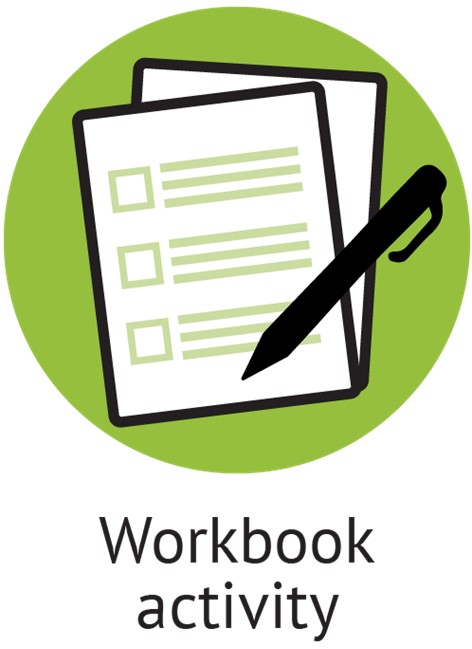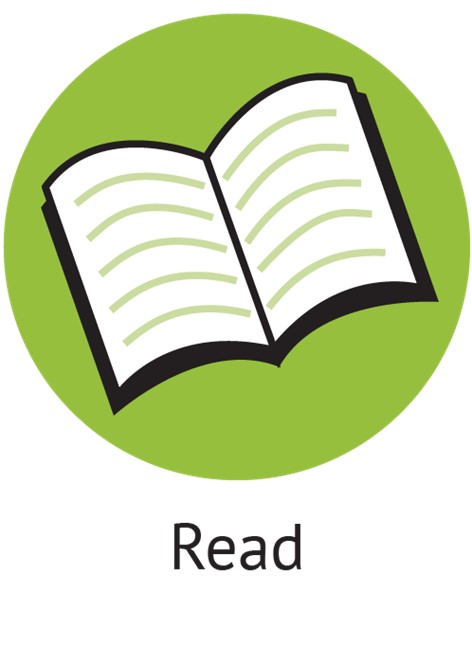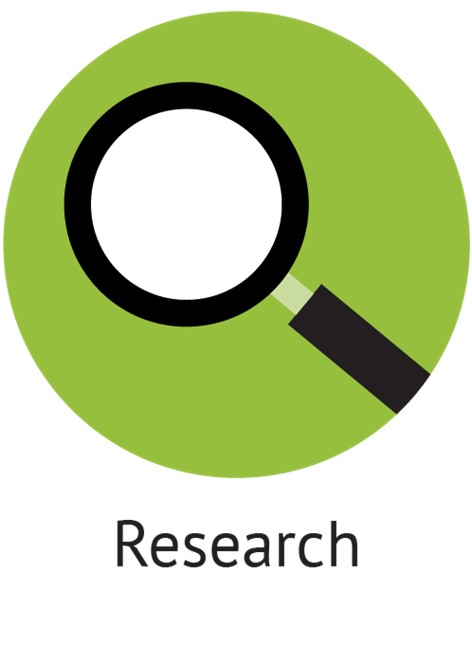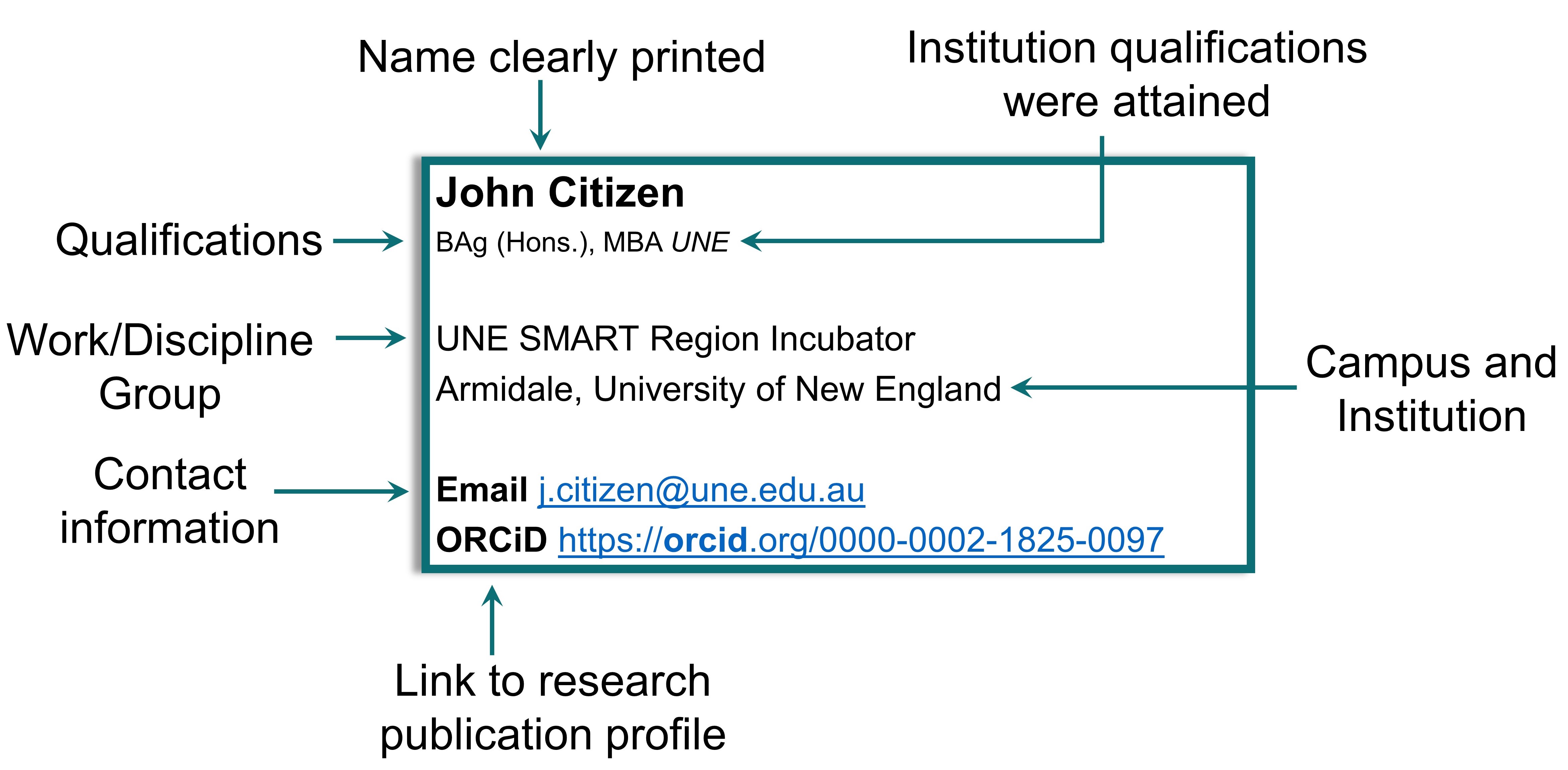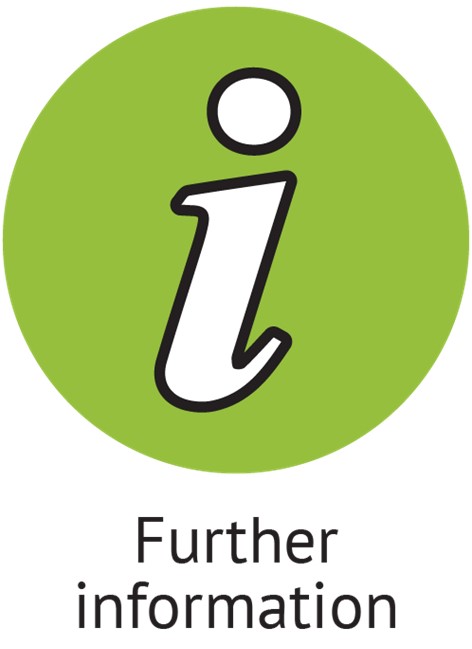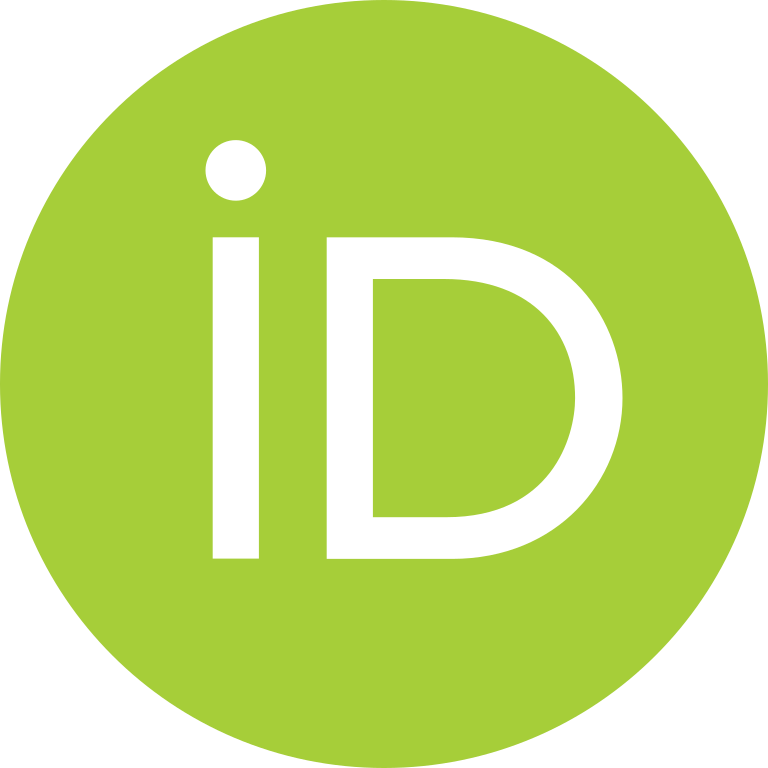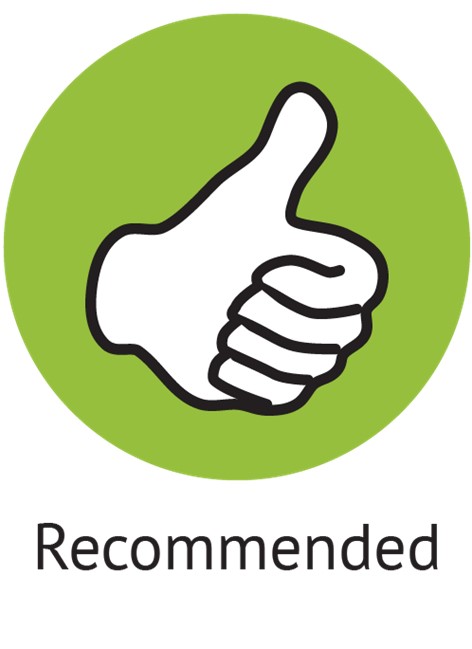Module 12 - Publishing
Publishing
Academic publishing is a rewarding experience, which can begin during your HDR journey. What's the big deal? Publishing your research facilitates career progression (sharing your research and contributing to the knowledge of your discipline) and develops your community of practice (where you can engage with peers to give and/or receive advice).
Learning outcomes
Upon completion of this module, you will be able to:
- Create a UNE email signature
- Compare author profile services and begin building your profile within these services
- Assess the thesis format that best suits you and your research area
- Identify the Open Access and Open Data status of journals relevant to your research discipline
Complete Module 12 Self-evaluation before proceeding.
Download Workbook and Additional Resources here
If you are considering a career in research after your PhD, publications are especially important as they form a 'track record' of your research interests and skills, which is why many candidates now consider 'Thesis by publication' as a form of examination (as opposed to the 'traditional' thesis).
However, if you are new to it, academic publishing can be very confusing! This module covers some key points that are applicable to everyone regardless of discipline or publication type, including:
- Author Profiles
- Thesis by publication
- Open Scholarship
- Institutional Repositories
- Predatory Publishing
Publishing is very discipline specific and you should speak with your supervisor and peers directly about your research and circumstances.
For a broad overview of the publishing process see this video on strategic publishing (UNE log in required).
Read a choose your own adventure book on the publishing process.
12.1 UNE email signature
Unless you have worked in research previously, the initial author profile information people will receive from you, is your email signature. Your email signature should be clear, concise, and provide recipients with the following information:
- Full name
- Qualifications
- Research discipline and name of the University
- Email address
- Links to external author profiles (see the following sections for details)
Figures 12.1 and 12.2 Best practice guidelines for setting up your email signature, with examples of variations that some students use to personalise their signatures. (note: click the images for a PDF download)
Familiarise yourself with the UNE Email Guidelines for students. If you are unsure how to create email signatures in Microsoft Outlook, read more at Microsoft Support.
12.2 Author Profiles
There are several author profiles out there for researchers, all offering slightly different services. It is very common for researchers to have several author profiles. But which are the best for you and your research? And when do you need them? The most common are ORCiD, Google Scholar, Scopus Author ID and a Web of Science Publons ID (Table 12.2.1). For more information read this post on Author Profiles.
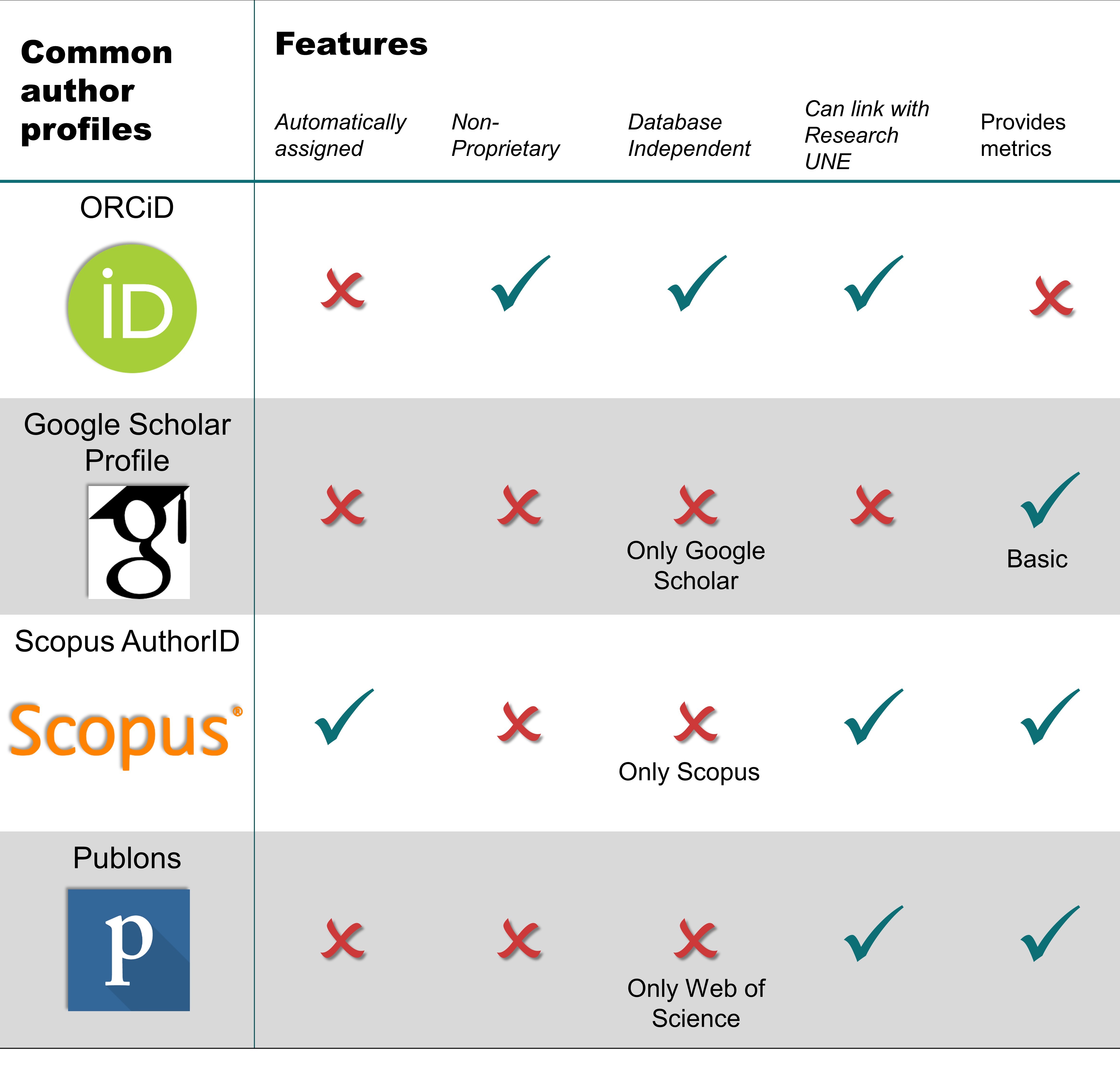
Table 12.2.1 Comparison of the common author profiles utilised by researchers.
Investigate each of the different author profile services and consider which you will use as you embark on your research journey.
At the very least, you should create an ORCiD account – this is a number unique to you. If you share a name with other researchers, or change your name, this identifier will allow people to find and follow your work.
12.3 Thesis Submission and Thesis by Publication
When you are at the beginning of your PhD journey thesis submission may feel like something that is far away, but it is something that needs to be considered and planned carefully early in your candidature. After all, your thesis is how you will be assessed as research ready and eligible for graduation with a PhD. The UNE Thesis Submission and Examination webpage provides all the relevant information for preparing your thesis for examination.
One thesis option is 'Thesis by Publication', this is where the thesis contains at least one manuscript that has been published or accepted for publication. A thesis prepared by publication, enhances the job prospects of the student, in addition to improving publication outputs and research rankings of the University.
The HDR- Higher Degree Research Thesis by Publication Guidelines details eligibility, co-author contributions, numbers of manuscripts and thesis structures for this style of format.
12.4 Open Scholarship
Open Scholarship is an umbrella term that covers: Open Access to research, Open Data, Open Software, Open Code, and Open Educational Resources. Here we will focus on Open Access and Open Data.
Making your research as open and accessible as possible is becoming more common throughout academia and may have many benefits, including:
- More people being able to have access to your work;
- Increased disciplinary and interdisciplinary collaboration;
- Increased citation counts;
- Greater public engagement; and
- Fulfilling institutional and grant funder mandates
Open Access
There are three broad types of Open Access- Gold, Hybrid, and Green.
- Gold Open Access – research is freely accessible to anyone on the day it is published. Often a publisher will charge the researchers an Article Processing Charge (APC) to cover the cost of running the journal.
- Hybrid Open Access- Your research is behind a paywall and people access it by paying a subscription. However, if the researcher elects to pay an APC the publication is made open and is freely available to anyone.
- Green Open Access- Your research is behind a paywall and after the embargo period has passed (often between 12-14 months), the research can be made available through an institutional repository such as RUNE. This mode of publishing incurs no cost to the researcher or the reader. More information on this publishing model is here.
Open Data
You can often make the datasets generated throughout your research, not just your publications open, too. This means that datasets can be treated as publications, gather citations, and further knowledge in your field or associated fields.
As discussed in Module 5 (Data Management), as a UNE HDR student, it is a requirement for your dataset to be archived in RUNE. You can also choose to make your data open via RUNE.
When selecting a journal to publish in, make sure you check their data requirements, often listed on the 'author guidelines' page. The journal may require you to publish the associated dataset or may ask you to provide the data for peer review.
12.5 Copyright and Creative Commons
As an author, it is important you know your rights to copyright.
Copyright is a legal right for copyright owners to control how their works are reproduced and made public for a limited period of time. It also provides limitations and exceptions that allow these works to be used by others in certain circumstances. Often, publishers make researchers hand over copyright to them in order for their work to be published. This means that the author no longer has control over what happens to their publication. For example, if you cede certain copyrights you may later find yourself in a position where you must seek copyright clearance from the publisher in order to use your work elsewhere, such as in your teaching, and you may even be required to pay a fee for that use.
In Australia, the Copyright Act 1968 gives exclusive rights to copyright owners. These include the right to:
- reproduce the work in material form
- publish the work
- perform the work in public
- communicate the work to the public
- make an adaptation of the work
- assign or license their rights, for example to a publisher
The Creative Commons (CC) license allows the creator of a work to select how they want others to use the work. When a creator releases their work under a CC license, others know how they can and cannot use that work. In a way, this means that the creator is always being cited correctly and their work is not being used without their permission.
12.6 Institutional Repository
UNE's institutional repository is Research UNE (RUNE).
RUNE stores all research outputs published by UNE academics, inclusive of postgraduate theses and publications generated through thesis by publication.
RUNE also archives datasets. In order to graduate from UNE you will need to archive the datasets associated with your research in RUNE. More about this process and what is expected of you was covered in Module 5.
12.7 Predatory Publishing
Predatory publishers are individuals and companies that misuse the Gold Open Access method of publishing. Instead of using the APC a researcher pays for website upkeep, peer reviewing processes, and editorial fees, a predatory publisher will keep the money for themselves, not perform editing or peer review work, and simply upload the research online.
Signs of a predatory publisher:
- Send you emails asking you to submit work
- Have a fast turnaround time
- Have not been around for very long and/or have suddenly released a lot of publications
- Do not have clear information on their website
- Are not indexed in databases
Whilst these fast turnaround times and easy processes may seem tempting publishing with a predatory publisher may result in you:
- Losing academic credibility
- Not being taken seriously as your research has not been peer reviewed
- Unable to graduate from UNE if completing a thesis by publications
- Having trouble securing future grants
- Not being able to republish research in a reputable journal/publisher
Visit Think Check Submit and work through their checklist of resources so you feel more confident in choosing a publisher.
And remember, Think Check Attend is another great resource about conferences too!
You are now ready to complete Module 12 Activities in your workbook.
Progress to Module 13 - Communicating Your Research
Feedback
In order to improve this resource, please email us if you have any questions, comments, or feedback to SOL:AR

